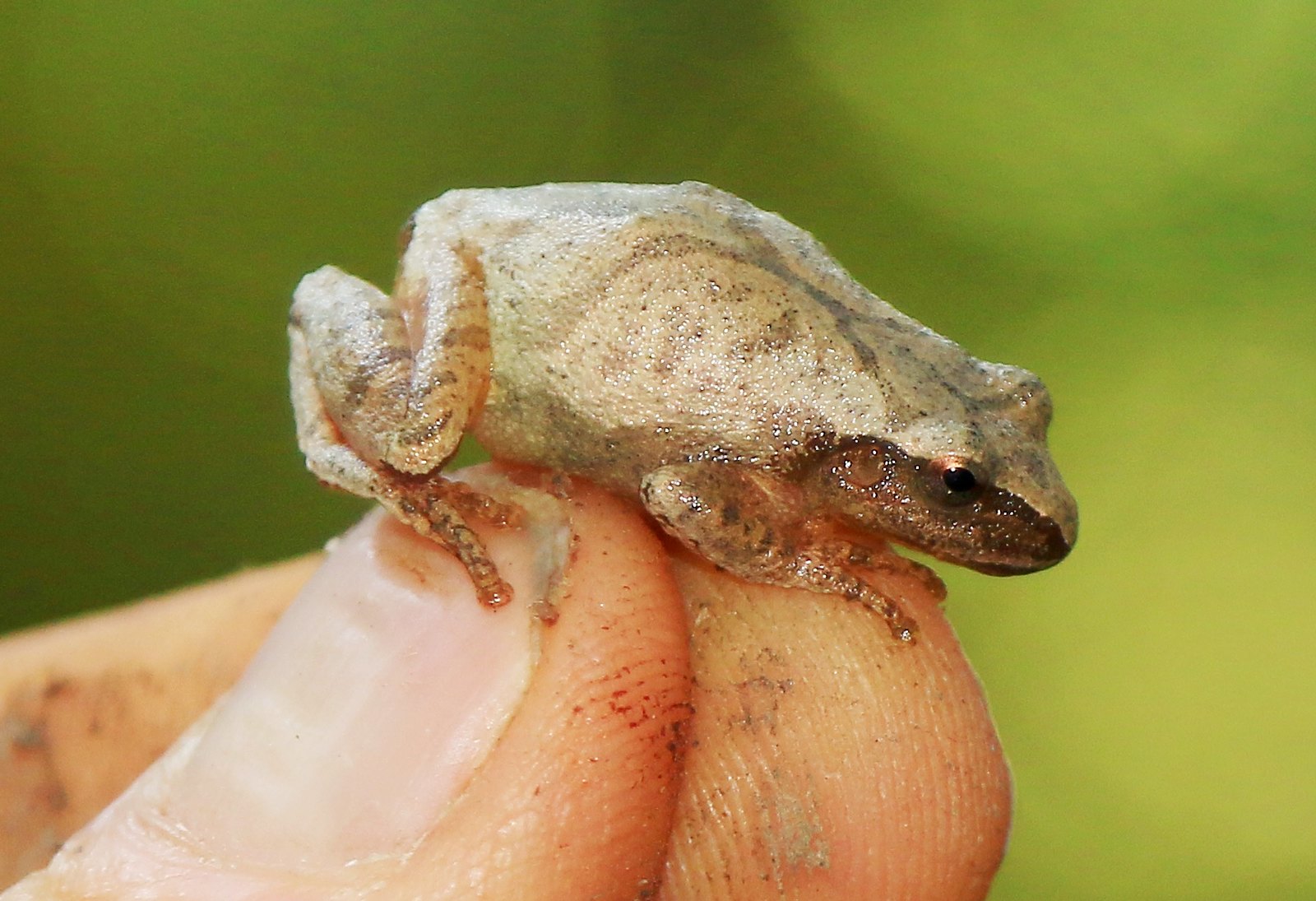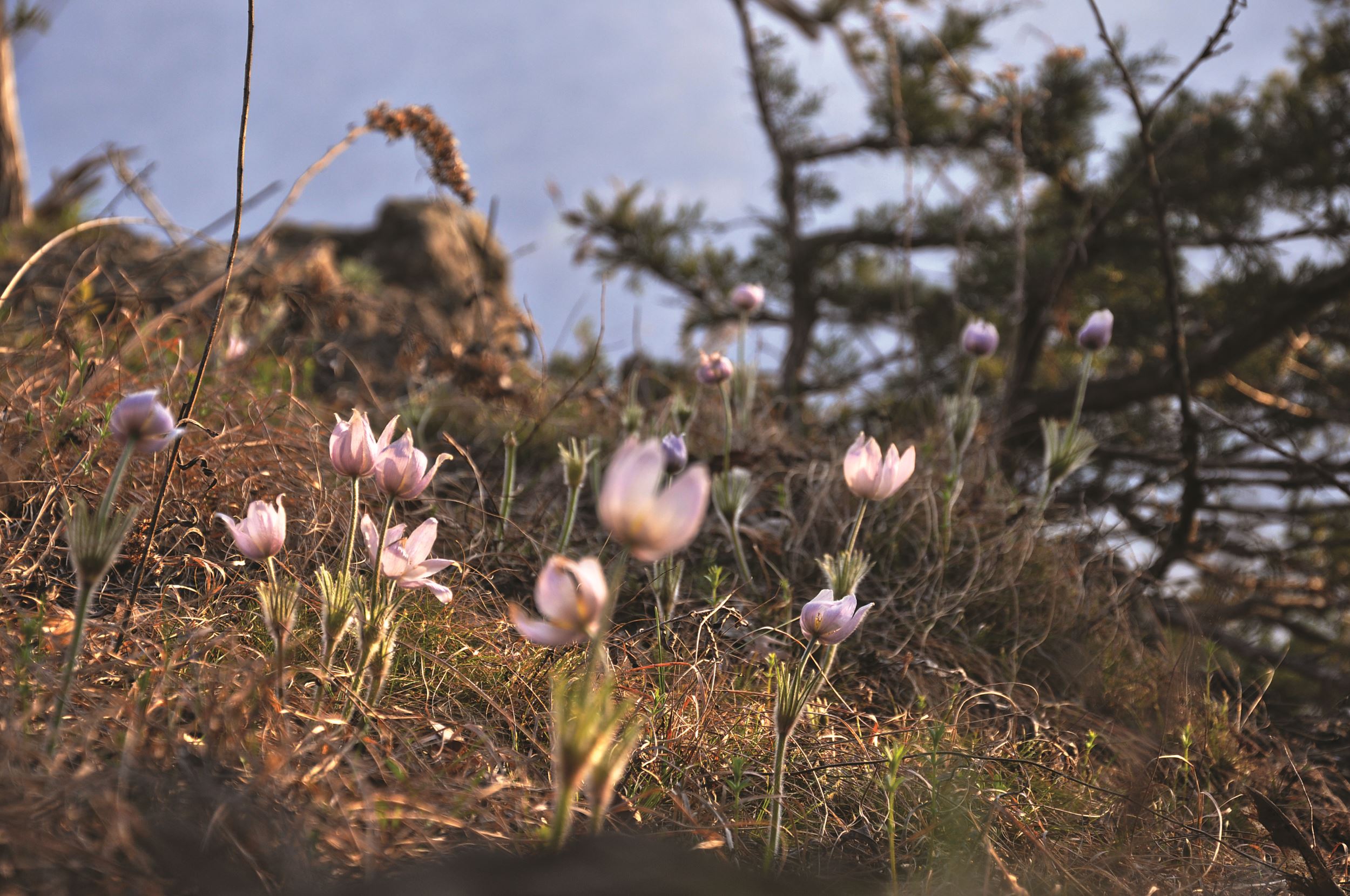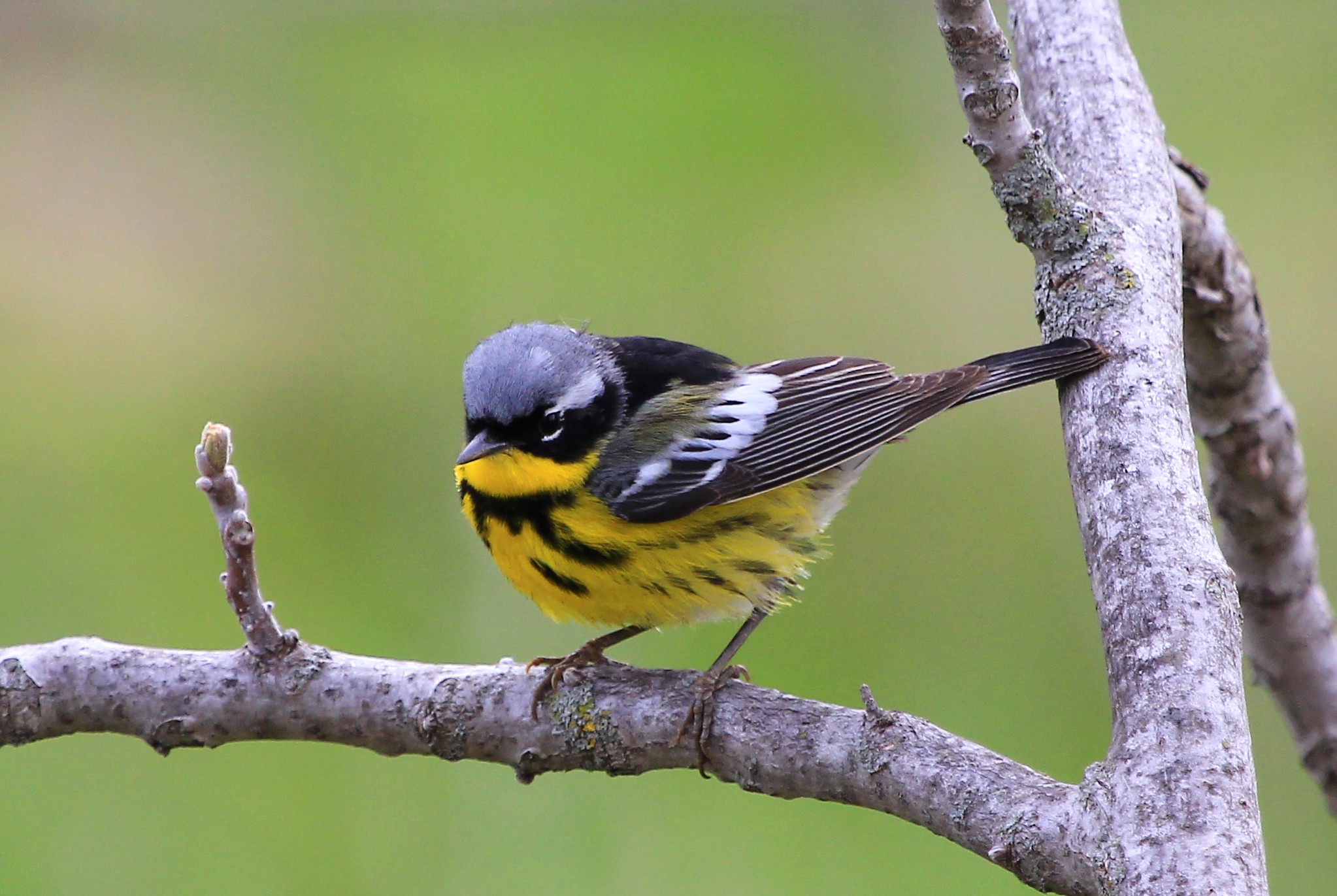Spring Phenology
Posted on March 21, 2023 in Blog
Across Iowa, we’re hearing reports—or the anticipation—of spring “firsts.” The sights and sounds of returning Red-winged Blackbirds, the smelly blooms of skunk cabbage, the bursting buds of serviceberry. All of these “firsts” are a piece of Iowa’s phenology, or the study of plant and animal life cycle events that are influenced by temperature or other environmental changes. However you celebrate the coming of each new season, here are a few phenological observations we’re looking forward to.
Spring peepers and other amphibians
 Spring peepers (Pseudacris crucifer) are one of the earliest amphibians to begin calling, typically beginning after the ice melts on the small wetlands and ponds in which they prefer to breed. In some years, this can be as early as February or March. The call of a spring peeper sounds similar to a baby chick and is a simple repeated “peep.”
Spring peepers (Pseudacris crucifer) are one of the earliest amphibians to begin calling, typically beginning after the ice melts on the small wetlands and ponds in which they prefer to breed. In some years, this can be as early as February or March. The call of a spring peeper sounds similar to a baby chick and is a simple repeated “peep.”
Other amphibians don’t waste time being heard, either. Soon our wetlands and ponds will also be filled with American toads (Anaxyrus americanus), boreal chorus frogs (Pseudacris maculata) and cricket frogs (Acris blanchard). Learn more about Iowa’s amphibians and when and where to find them here.
Pasque flowers
 Pasque flowers (Anemone patens) bloom in March and April and grow low to the ground, sometimes only reaching 2 inches tall. These flowers are usually found on drier, rocky hillsides in prairies. The hairy, gray-green stems grow nearly erect from a thick, horizontal rootstock and a single, large flower emerges from the tip of a long flower stalk. Though the flowers don’t have true petals, they produce five to seven blue, purple, or white sepals that form a flower about one inch across and up to 1-1/2 inches long.
Pasque flowers (Anemone patens) bloom in March and April and grow low to the ground, sometimes only reaching 2 inches tall. These flowers are usually found on drier, rocky hillsides in prairies. The hairy, gray-green stems grow nearly erect from a thick, horizontal rootstock and a single, large flower emerges from the tip of a long flower stalk. Though the flowers don’t have true petals, they produce five to seven blue, purple, or white sepals that form a flower about one inch across and up to 1-1/2 inches long.
You can join our staff on a hike in search of pasque flowers at Kothenbeutel Heritage Prairie this spring! Learn more about the event here.
Warblers
There are few things as satisfying as identifying warbler butts in trees and shrubs. Numerous warbler species migrate through Iowa in the spring and with a decent set of binoculars, you’ll be set to ID them. Plus, many species can even be found in wooded urban areas.
Warblers primarily eat insects, so we won’t see any until late April or early May when it’s warm enough for flying bugs. Searching on overcast days and in the right habitat (layered wooded areas are a good place to start) can also help you find these tiny, charismatic fast-moving birds.
 A few species that are particularly striking and easier to identify include Yellow-rumped Warblers (Setophaga coronate, also commonly referred to as “butter butts” due to their bright yellow rump patch), Magnolia Warblers (Setophaga magnolia), and Black-and-White Warblers (Mniotilta varia). Two great resources to help you learn how to ID warblers include the Cornell Lab’s All About Birds online site or their Merlin application for your smart phone, which can even help ID bird songs you’re hearing in real time!
A few species that are particularly striking and easier to identify include Yellow-rumped Warblers (Setophaga coronate, also commonly referred to as “butter butts” due to their bright yellow rump patch), Magnolia Warblers (Setophaga magnolia), and Black-and-White Warblers (Mniotilta varia). Two great resources to help you learn how to ID warblers include the Cornell Lab’s All About Birds online site or their Merlin application for your smart phone, which can even help ID bird songs you’re hearing in real time!
We’ll be searching for all these signs of spring as the weather warms. Follow us on Instagram and Facebook to see what we’re finding and share your finds along the way too!
Photo credits: Spring peeper and Magnolia Warbler photos by Larry Reis. Pasque flower photo, Jessica Rilling.